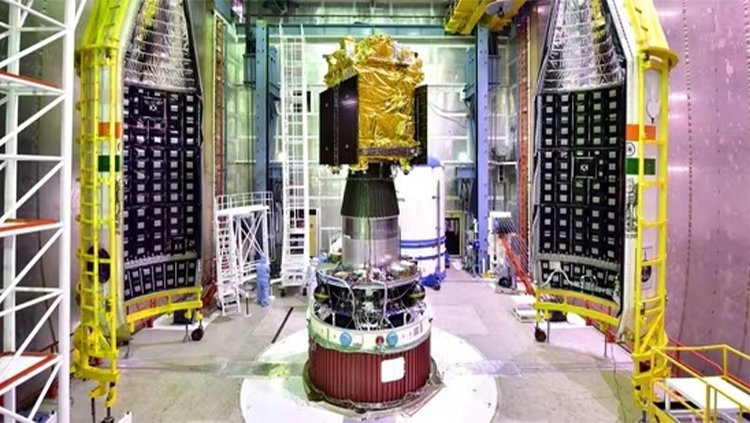India's ISRO Set to Launch Aditya L1 Solar Mission
India's ISRO is launching its first solar mission, Aditya L1, to study the sun's corona and solar wind. Learn about its significance and mission details.

India's ISRO Prepares for Historic Launch of Aditya L1 Solar Mission
India's space agency, ISRO, is gearing up for a groundbreaking moment as it prepares to launch its first solar mission, Aditya L1, on September 2 from the Sriharikota spaceport in Andhra Pradesh. This mission comes on the heels of ISRO's successful lunar landing endeavor and marks a significant step forward in India's space exploration efforts.
Aditya-L1 Mission Purpose
The Aditya-L1 spacecraft is uniquely designed to provide both remote observations of the solar corona and in situ observations of the solar wind from the Sun-Earth Lagrangian point, known as L1, which is approximately 1.5 million kilometers from Earth. Notably, this mission is a fully indigenous effort, with the participation of various national institutions.
Readiness for Launch
ISRO Chairman S Somanath has confirmed that the rocket and satellite are fully prepared for launch. The agency has successfully completed launch rehearsals and the countdown for the mission is set to commence soon.
Significance of Aditya-L1 Mission
The Aditya-L1 mission holds immense significance for India and ISRO. If successful, it will mark another major achievement following India's historic lunar landing. Aditya-L1 will enter a halo orbit around one of the five Lagrange points, offering an uninterrupted view of the sun. This will allow real-time study of the sun's effects on environmental conditions near Earth and other planets.
Moreover, this mission could unearth the hidden history of Earth's climate, as solar activities have a profound impact on the planet's atmosphere.
Solar Missions Worldwide
India joins a select group of countries studying the sun, including China, which has two spacecraft dedicated to solar observations. Hinode, a joint project involving Japan, the UK, the US, and Europe, also measures the sun's magnetic fields. The Solar & Heliospheric Observatory mission (SOHO), a collaboration between NASA and the European Space Agency, operates near the same Lagrange point as Aditya-L1. The US boasts its own solar missions, including the Parker Solar Probe, which made history by passing through the sun's corona in 2021.
Understanding Lagrangian Points
Lagrangian points are positions in space where the gravitational forces of two large objects, such as the Sun and Earth, balance each other, allowing spacecraft to maintain a stable position for extended periods. The L1 point, where Aditya-L1 will be stationed, is particularly vital for solar observations and was discovered by mathematician Joseph Louis Lagrange.
In conclusion, the Aditya-L1 solar mission by ISRO represents a significant step forward in India's space exploration endeavors. With its potential to uncover valuable insights about the sun's impact on our planet and its environment, it is poised to contribute significantly to scientific knowledge.

 Sumit Rawat
Sumit Rawat 










